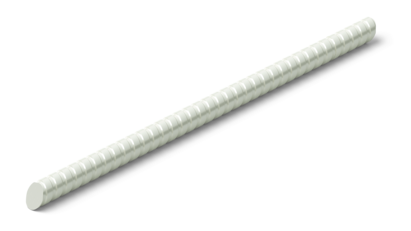Höllentalanger Hut

Aspects of the Höllentalanger Hut, Photo: Schöck Bauteile GmbH

The prefabricated element walls flown in by the helicopter, Photo: Schöck Bauteile GmbH

Installation of the core-insulated element walls with Schöck Thermoanker, Photo: Schöck Bauteile GmbH

Entrance and terrace, Photo: Schöck Bauteile GmbH

Photo: Schöck Bauteile GmbH

Photo: Schöck Bauteile GmbH

Photo: Schöck Bauteile GmbH
The Höllentalanger, at 1387m, short of halfway during the initial ascent from Germany's highest mountain, the Zugspitze, is a 'hut' millions of climbers have found shelter since 1893. Despite modernisation over the years however, the building had to be closed in autumn 2013.
A replacement building was needed – and quickly too. Stephan Zehl, an architect from Munich, won the tender with his three-level, stepped building design. It has pent roof borders, which protects against avalanche risk from the eastern side; and meets all necessary current standards in providing dining facilities, equipment rooms, drying and shoe rooms and comfortable accommodation to sleep 100 people.
During autumn and winter, all paths to the Höllentalanger are closed-off, as the Alpine climate makes it impossible to work for eight months of the year. Even in good weather, there are only walking tracks to the Höllentalanger, with no road access at all – so everything had to be flown in by helicopter. Rapid assembly and efficient transport costs were therefore critical to the budget and a combination of timber and pre-cast element walls were the chosen method of construction. Core-insulated prefabricated element walls were supplied for the ground level building. Due to the extreme temperature fluctuations, the concrete is subjected to pretty extreme expansion and contraction conditions. To counter this and to combat thermal bridging, it was important to install Schöck Thermoankers.


